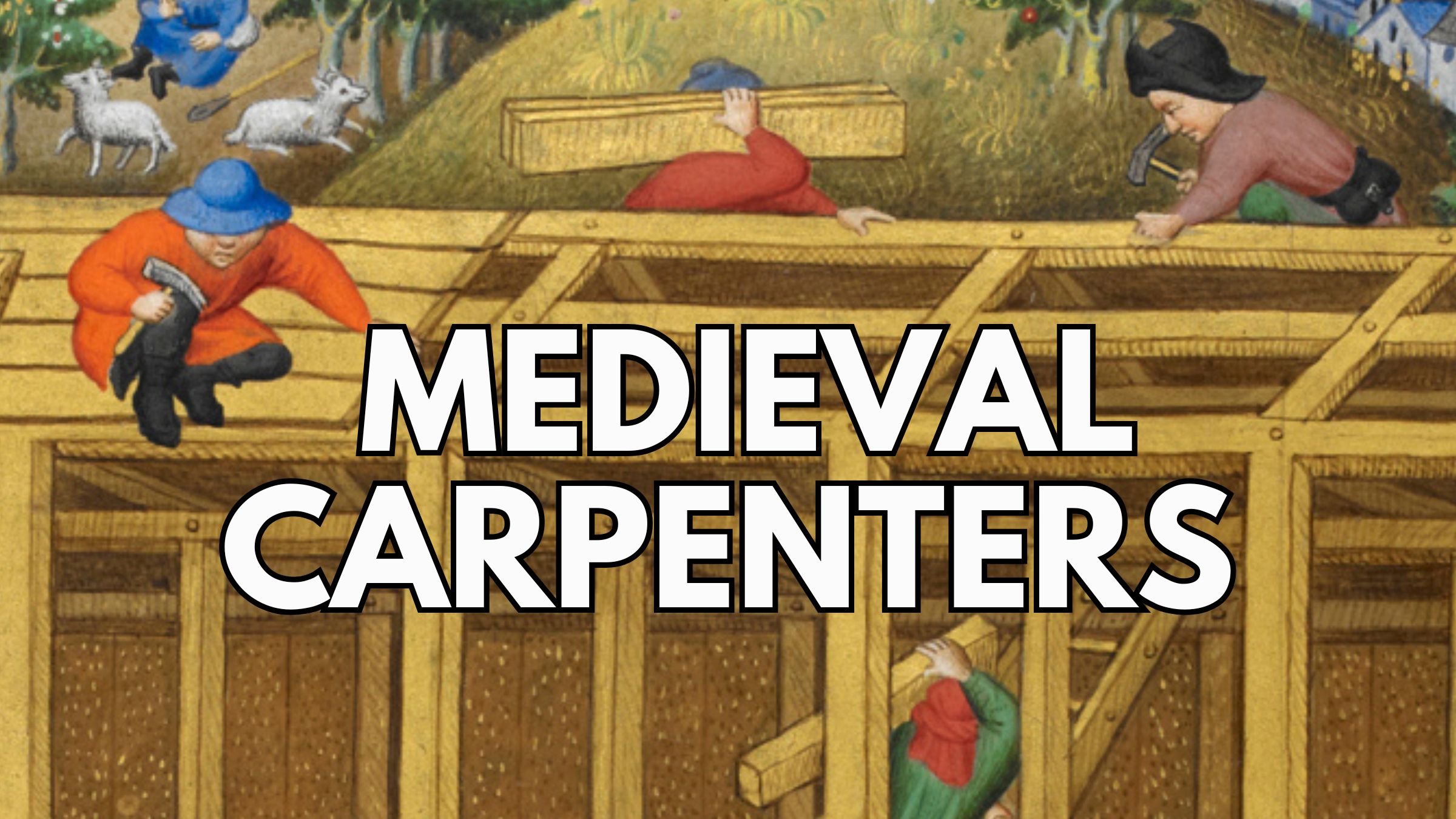
"One of the strongest insights from Dyer's article is the sheer ubiquity of carpenters in medieval England. They appear in villages, small market towns, major urban centres, and forested regions where timber was abundant. Using evidence from the 1379-1381 poll taxes, Dyer estimates more than 10,000 carpenters were active around 1380 - or about one in every 270 people was employed in the craft. Their presence spans every kind of medieval settlement, demonstrating that carpentry was a cornerstone trade, not a marginal or urban-only occupation."
"Using 158 cases where both a carpenter's home and place of work can be identified, Dyer shows that carpenters travelled widely depending on the scale and prestige of the project. About a third stayed within their own town or village, especially in larger centres such as London or Oxford where work was plentiful. Another third travelled modest distances-up to 12 miles-for routine building tasks, moving between neighbouring communities for house repairs, timber framing, and small construction jobs."
Carpenters were ubiquitous across medieval England, found in villages, market towns, major urban centres, and forested regions with abundant timber. Evidence from the 1379–1381 poll taxes indicates more than 10,000 carpenters were active around 1380, roughly one in every 270 people. Mobility defined the trade: about one third worked locally, another third travelled up to 12 miles for routine repairs and small construction, and the remaining third undertook journeys often exceeding 50 miles for major building campaigns. Work ranged from minor repairs costing a few shillings to building small houses or parish church roofs costing £5–£10, creating a regional labour market.
Read at Medievalists.net
Unable to calculate read time
Collection
[
|
...
]